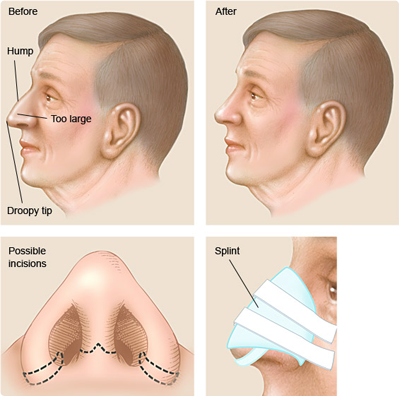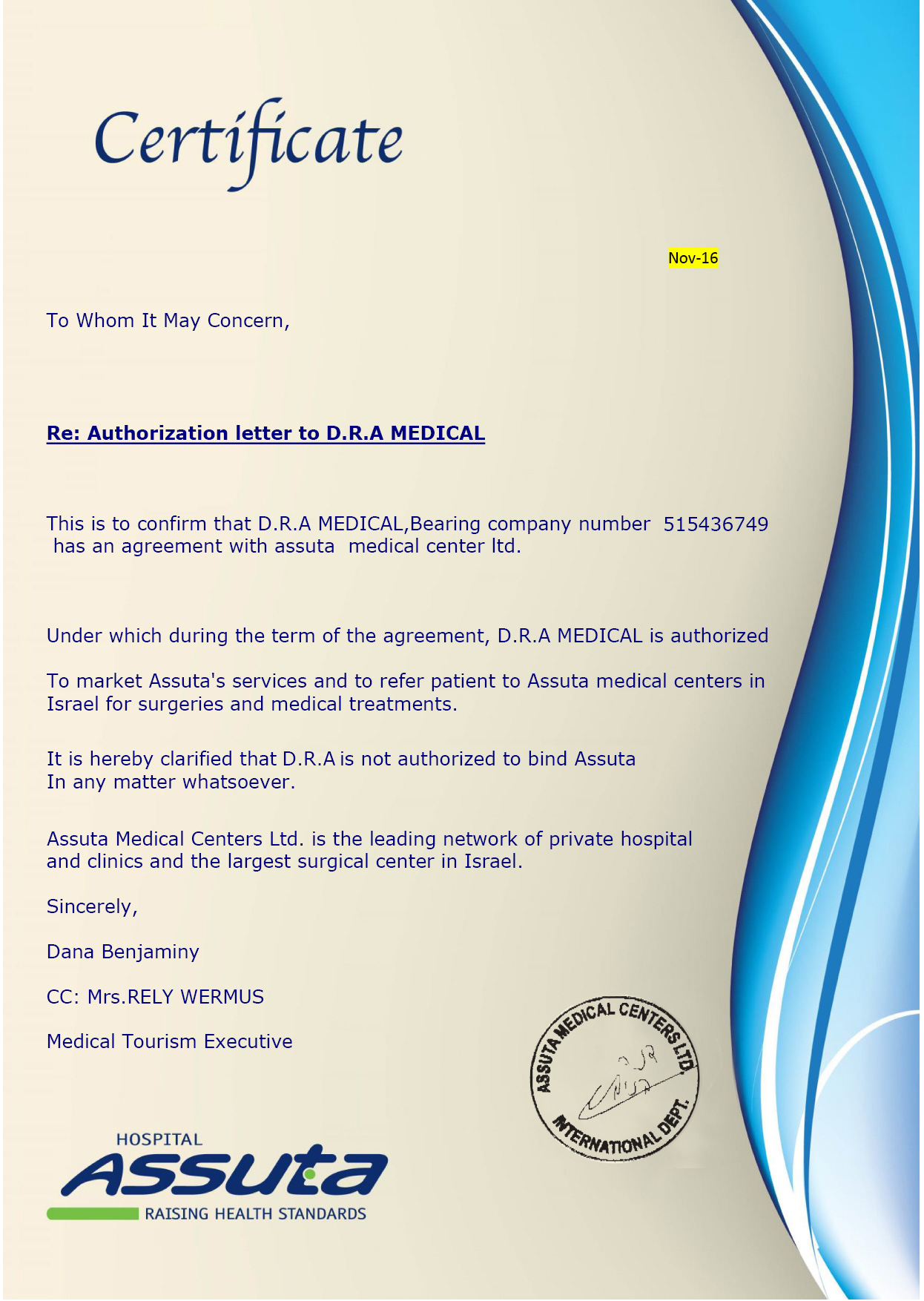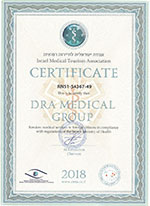Introduction
Nose reshaping, also known as Rhinoplasty, is one of the most common, yet complex, plastic surgeries. In addition, nose reshaping affects the face, which is an area of the body that is not easily covered. Therefore, finding a qualified and experienced plastic surgeon to reshape your nose correctly is far more important than finding the cheapest price. This will ensure you the best experience and results possible. But first, you should confirm if nose reshaping is right for you.

Who should pursue Rhinoplasty?
Dissatisfaction or discomfort with the size, shape, or position of your nose represents a valid reason to pursue nose reshaping and your plastic surgeon will discuss this with you further. Keep in mind that nose reshaping is an extremely personalized surgery that produces variable results. In other words, expect a nose that is tailored to your face instead of the face of somebody else like a celebrity.
Planning Rhinoplasty
Prior to surgery, you will have at least one consultation with your surgeon to share your medical history, review your concerns and expectations, and plan the rhinoplasty. During this consultation, you must inform your doctor of all previous surgeries you have had as well as any nasal conditions or allergies you experience. Meanwhile, your surgeon will physically examine your nose, skin, general facial features, and develop a virtual 3D image. By means of this examination, he or she might recommend that other minor facial surgeries be performed during your nose reshaping to guarantee lasting results. If your doctor does not mention 3D imaging, be sure to request it, because 3D imaging provides you and your doctor with the best blueprint of your nose reshaping results.
How is Rhinoplasty performed?
Rhinoplasty surgeries are performed as outpatient or inpatient procedures. Either way, local anesthesia, intravenous sedation, and general anesthesia can be employed. There are two main methods to perform nose reshaping: classic rhinoplasty and open rhinoplasty. Classic rhinoplasty is more common because the surgeon makes all incisions inside the nose whereas with open rhinoplasty the surgeon makes a short incision across the piece of cartilage that divides the nostrils. Your desired nose alterations ultimately determine whether you will have classic or open rhinoplasty. Once the surgeon makes the incisions, he or she will make changes to the underlying bone and cartilage. This involves shaving the bone and cartilage down or building it up by taking bone and cartilage from another part of the body. To support the new alterations to your nose, the surgeon may place a splint inside the nose for protection prior to stitching incisions closed and bandaging the nose.

After the surgery
Since recovery varies per patient, it is not unusual for you to stay anywhere from a few hours to overnight for observation. After three days, bruising should fade; after seven days, discoloration will disappear. Some swelling, bleeding, and sensitivity is common, but can be minimized by avoiding aspirin, anti-inflammatory medications, strenuous activity (i.e. bending, lifting, etc.), direct sunlight, and by sleeping with your head elevated. A follow-up appointment to remove packing or stitches is not uncommon, but the nasal splint may need to remain for support. Overall, regular appointments should be scheduled with your surgeon to track your healing process and maintain the longevity of your new nose.
 D.R.A Medical
Tel Aviv, Israel
+972-77-4450480
contact(at)dramedical.com
D.R.A Medical
D.R.A Medical
Tel Aviv, Israel
+972-77-4450480
contact(at)dramedical.com
D.R.A Medical










